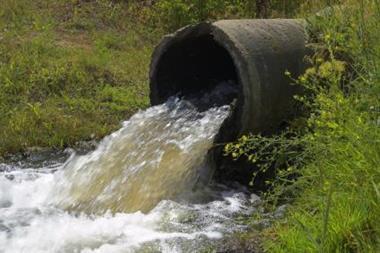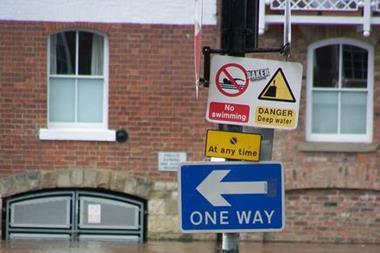Communicating with staff off-site during last summer’s floods was the biggest problem most organisations faced
Last November the Business Continuity Institute (BCI) held a workshop to review UK flooding and here are the top 10 tips that came out of the conference.
Top ten practical tips
1. Make sure you have all relevant contact details for members of staff. The main lesson that came out of the flooding conference, that most staff lists were out of date and defunct in many cases.
2. Make sure you are aware of any medical requirements which people may have.
3. Ascertain the impact of both a potential loss of water and a loss of electricity on your business activities and respond accordingly. Should I stockpile water? Should I purchase an electricity back-up generator?
4. Accept the fact that your company will not be high up the priority list of the emergency services and consider any measures which should be taken in light of this.
5. Stockpile key items on site (in a safe location not on the ground floor). These might include water, food, bedding, torches, medical equipment, soap etc.
6. If I have set up an emergency hotline facility in advance make sure that all staff are aware of this and carry the number on them (either put into their mobile telephone or carried on a separate card).
7. Provide all staff with a brief summary of the main points of the BCM plan that will affect them e.g., who is in control, what are the key contact numbers, details of rallying points etc.
8. Consider setting up a series of mobile telephones on different networks which are stored permanently in the office. If one network goes down you may be able to communicate on another network.
9. Make sure that you are aware of and, where necessary, signed up to all relevant information channels.
10. If key documents or IT servers are stored in the basement consider moving them to a higher floor to avoid damage from flooding.
BCI said the most over-riding message that came out of the workshop was that virtually all the companies impacted by the floods agreed that communicating with staff off-site during the crisis was the biggest problem they faced.
The floods exposed the inadequacies of communication channels used during an emergency. Most companies affected by the floods relied on mobile phone networks to contact off-site staff and this over-reliance often led to network failure.
Difficulties were also experienced when staff members sought to contact family members and were unable to do so. In such circumstances, some were unsure whether to let staff return home to confirm that their families were safe given the risks the floods posed.
On a cross-company level, communications with head office were also disrupted, making it difficult to either update senior figures on the current status of a particular location and also to receive direction/guidance on what to do. It was also acknowledged that this lack of communication sometimes resulted in different divisions within the company communicating different messages to staff leading to much confusion.




















No comments yet